

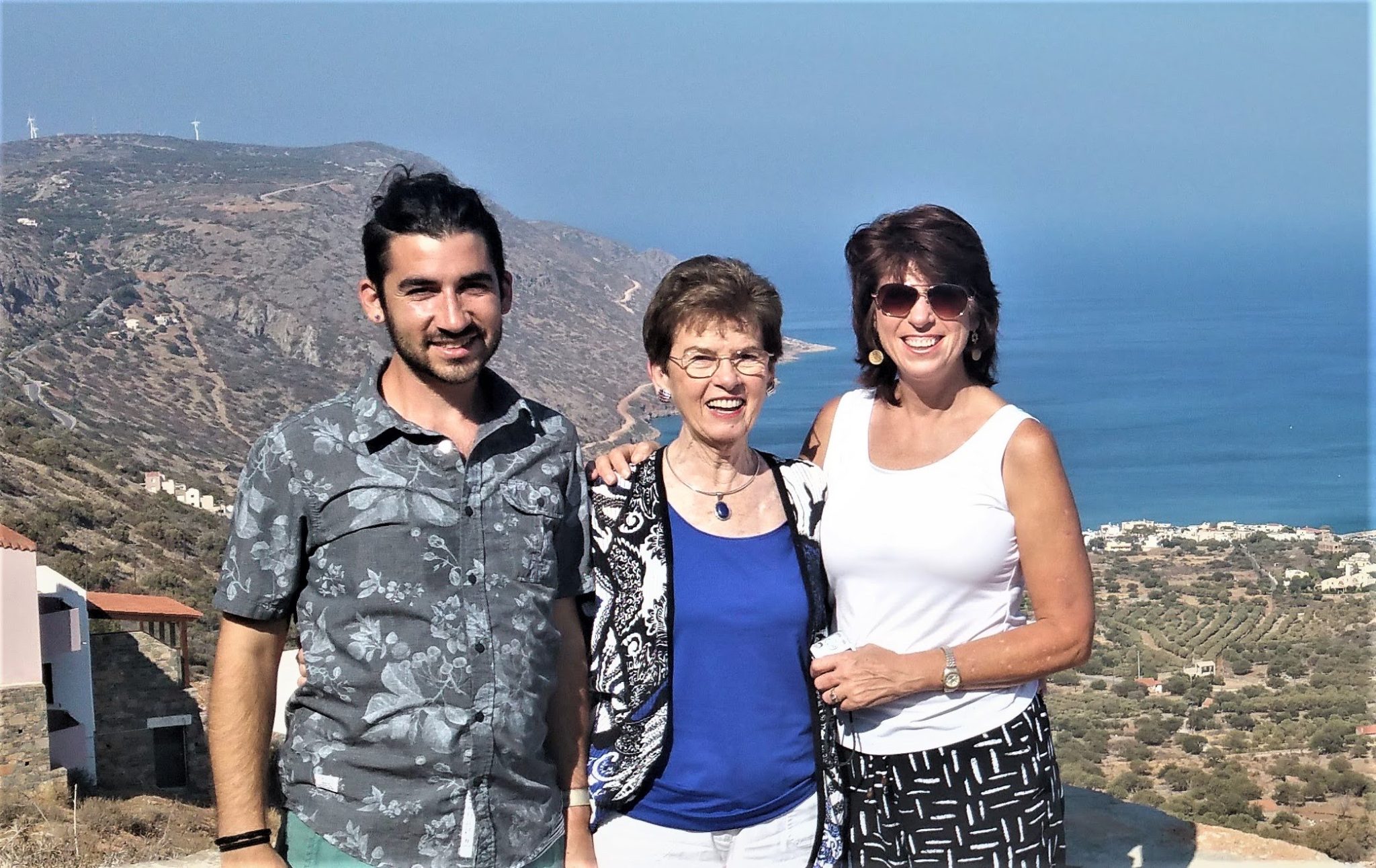
Register below
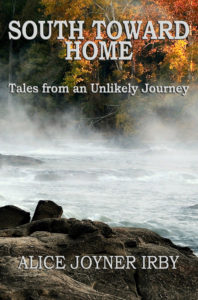
Publisher’s Note
When I first met Alice Joyner Irby, I knew she had an extraordinary story to tell about her life, her family, and the people who crossed her path.
As she finished each chapter over a little less than a year, I knew her extraordinary book was being created. And now it is here as South Toward Home.
Why Alice wrote this book.
“I want others to get to know the characters in my stories, for they are among the good-hearted, strong, independent people who helped make the 20th century the American century.”
Here is a brief synopsis of South Toward Home.
Catch the marvelous imagery in the reading of South Toward Home. Find yourself carried into bygone eras. You will actually encounter stories that span more than eight decades. Experience those remembrances if you have lived through some of these times!
Travel with author Alice Joyner Irby in her journey during periods of turbulent cultural and societal change. She reports her attempts to shatter glass ceilings confronting women in the workplace…her
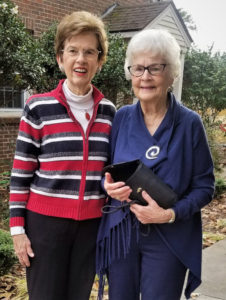
Alice and Glenn Dickens – 2019
role in integrating a university…her participation in the creation of the Job Corps in LBJ’s War on Poverty. Yet, Alice’s roots remain grounded in the South, where she was nurtured and raised in a loving community.
In her twenty-six stories, we come to know well this fun-loving young girl and those who shaped the woman she has become. A single mother with a daughter, the author expresses the bond between
the two. This is a relationship strengthened over time and deepened through their shared experiences. This book is a rare combination of intimate personal portraits coupled with a pragmatic look at the life surrounding them.
It is a book written for family about family, blood or not. Crises and joys…stress and well-being…harsh realities and great kindnesses…above all, Hope!
We, as readers, are drawn into the stories. We have known the folks encountered on these pages, maybe not personally; but these accounts cause us to reminisce about those who have poured into us the life-giving renewal that enables us to meet challenges, to celebrate life with all it brings, and to look up in faithfulness that endures. – Mary W., reader

By Carolyn Harmon
charmon@rrdailyherald.com
Reprinted with permission from the Daily Herald.
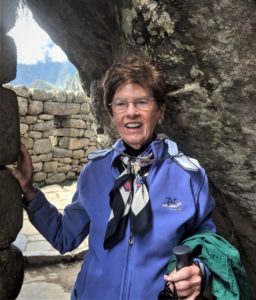
Alice Joyner Irby in The Sacred Valley, Peru 2018
Sit a spell and hear the church bells that called worshippers on Sunday morning — visit Greensboro when UNC-G was the Woman’s College — travel along on other adventures.
Alice Joyner Irby of Raleigh recently had her book published, “South Toward Home: Tales from an Unlikely Journey,” by the Outer Banks Publishing Group.
Alice was born in 1932 and lived in Weldon and after she moved away, she returned regularly until her mother died in 1991. She also visited her very good friend, the late Ruth Gregory Proctor of Halifax.
“Weldon has always been my home,” Alice said. “It is a book about my life, starting with Weldon and ending with Weldon.”
Alice grew up in Weldon, graduating from Weldon High School in 1950. She has lived through the Great Depression and the Korean War, in which her friends were drafted, she said.
“It was scary — and the polio epidemic — my brother, George Joyner, and I were quarantined for a summer, so reading about the pandemic now brings back some of those memories,” Alice said. “They didn’t know how you could get it, but they knew you could get it from other people. So we couldn’t have visitors.”
That is when she learned to play badminton. Alice’s parents were the late Margaret and William B. Joyner. William set up a badminton net during the polio quarantine.
“We couldn’t play ball, it would roll down the street,” she said. “We couldn’t go out in our yard.”
Alice’s sister is Margaret Joyner Kinker. Her brother, George, live in Morehead City and is married to a Roanoke Rapids girl, Gwen Dickens.
“We all came from Halifax County,” Alice said. “My parents were very active in the Methodist Church, and my mother’s family were some of the founders of that church in Weldon — the beautiful Gothic Weldon Methodist Church on Fifth and Washington — it is closed now.”
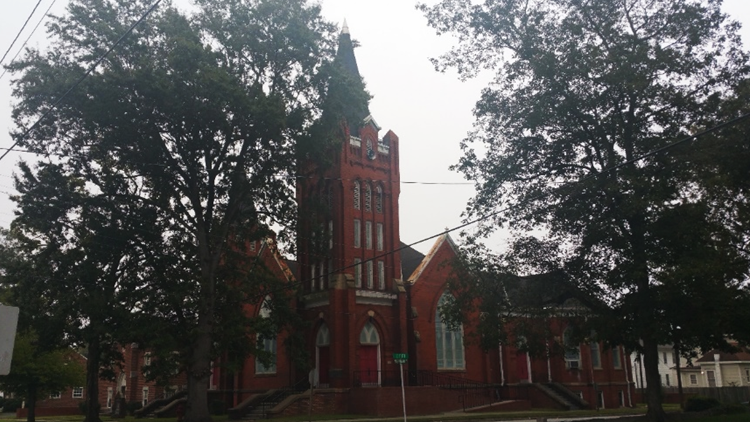
The Weldon Methodist Church, now closed
That is where Alice’s book begins — the first of 26 stories contains a picture of that church.
“The first section is about my growing up in the church, the importance of the church and the town. The second is about my brother, and our adventures — partners in crime — then I had a story about the four of us in Weldon.
“The four of us used to sing for funerals out in the country — sometimes in the family home and sometimes in a country church. They contacted the church, or they wanted some music, the four of us would pack ourselves in Ben Wyche’s car, he was always the driver and we would go sing.”
The four of them were Alice, Wyche, Blanche Selden Bullock, a classmate from Weldon High, who married Thurmond Bullock; and J.P. Ellis.
The first set of stories continues with Alice growing up, the train coming through, the second World War and what it was like living in Weldon during that time. The second set is what happened in Alice’s young adult life.
“One story has to do with how I was discriminated against trying to get on a United Airline Flight just for men in the early 1960s,” she said. “Some of the stories are about me hitting those barriers in those days. Another one has to do with my first job out of graduate school at Merrill Lynch in Greensboro, when I applied I was told, ‘You have the credentials that exceed, but we can’t hire you because you are a woman.’ The laws permitted that at the time.”
Another section is about her career while working for the Lyndon B. Johnson administration’s Job Corps, part of the war on poverty. She attended Rutgers University where she was the vice president for student services, followed by working for an educational testing service that makes the SAT and a lot of the admissions tests, she said.
In other sections, she writes about celebrities and her friends — her daughter, Andrea Irby, growing up with a horse; the time she met George W. Bush on a golf course in Pinehurst; her yard man; her sister, Margaret; two of her friends named Mary; her father; and the fortitude and courage of women in an earlier time, she said.
“I wanted to celebrate a lot of people who have been important in my life,” Alice said.
The book came out of a suggestion and encouragement of her editor in Raleigh, Linda Hobson, and a friend and fellow scribe, Ron Rhody, Alice said.
“We lived in Pinehurst — he said, ‘You really need to write your story for your family if nothing else.’ ”
An incident that happened in 2018, also encouraged her to write the book, she said, when her daughter’s husband, Cecil Bozarth, died suddenly of a heart attack at the peak of his career.
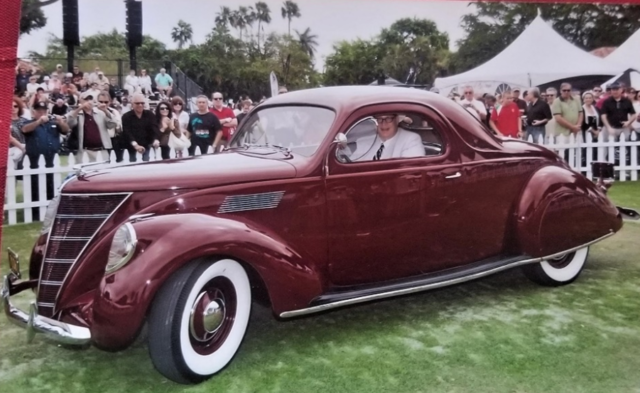
Cecil with his prize-winning Zephyr
“And that was a blow, it was really difficult to endure — I couldn’t write for awhile,” she said. “There were at least two stories that focused on my daughter and her family and I decided I should get those printed. I worked very hard for a year and got it published in April. I realized when I was doing it, when I really got going on it, I wanted to do it for another reason — to celebrate the people in my past — in Weldon and Halifax — that had meant so much to me.”
Another reason was to talk about the UMC Woman’s College in Greensboro, she said. The university had a sequence of names as it evolved. It was known first as the State Normal and Industrial School, and after 1897 as the State Normal and Industrial College until 1919. During the period 1919-1931, it was known as the North Carolina College for Women, and became the Woman’s College of the University of North Carolina from 1932 to 1963.
Alice said she graduated with an economics degree in 1954 and then earned her Masters in Economics from Duke University.
After “South Toward Home” was published, Alice had plans to share it in Halifax, but COVID-19 has changed her plans for now.
Her close friend and former classmate Glenn Dickens said the book will be sold in Halifax at the Bass House.
“And hopefully, if this pandemic gets over she can have a book signing here,” she said.
Dickens said Alice’s mother taught her French and was her favorite teacher. She said Alice is “a mighty fine person.”
“I am very impressed to have her as a friend,” she said. “I read the book and I thought it was wonderful and so well written I couldn’t put it down. I am reading it over because I am sure I missed a lot. It is so informative of things back in that time — it brought back a lot of memories.”
The book’s cover has its own story — it is a picture of the Roanoke River in Weldon, captured by Weldon resident and photographer, Lee D. Copeland.
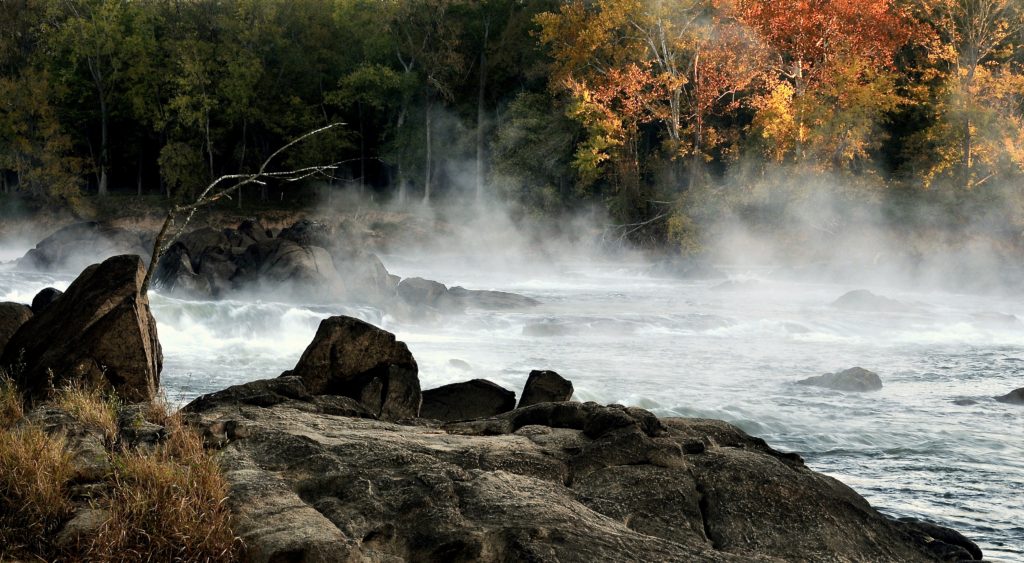
Mist on the Roanoak River that became the cover of South Toward Home
Photo by Lee D. Copeland
Copeland Ltd Photography, Weldon, NC
Alice had a copy of the picture, without identification, and she wanted to find out the photographer’s name. She found it at the Riverside Mill in Weldon, where Copeland has several photographs for sale, he said.
After searching for a couple of days, she received some help from her daughter Andrea and Nancy Mueller, board member of the Halifax County Arts Council. Andrea found Copeland’s wife, Dee Riddle Copeland, on Facebook.
Dee’s mother, Janie, who also lives in Weldon, is 98 — they all live in Weldon, Alice said.
“She responded to my daughter on Facebook and Lee gave us permission to use it for the cover,” Alice said.
Copeland said the photo was in Weldon at the first falls on the Roanoke River near the boat ramp on the first cold fall morning several seasons ago.
“I had been watching the river for some time, waiting for three things to come together,” he said. “The falls colors to peak, the river to be low enough to flow through the rocks, the air to be cool enough to allow the mist to rise on the river from the warmer water.
“The three elements came together early on a weekend morning where I spent 90 minutes with my Nikon, photographing the area until the sun got high enough to dissolve the mist,” Copeland said. “I have always felt it was one of my best photos of the river and am very pleased that Mrs. Irby, after seeing the picture on a greeting card, was moved enough to track me down and ask permission to use it on her book cover.”
Copeland said, after the book was published, Alice and Andrea, while passing through the area, stopped by the Copeland’s front porch.
“And spent a delightful 45 minutes visiting with my mother-in-law, Janie Riddle, and Dee and I, reminiscing and discussing friends brought together by the Roanoke River,” he said.
Copeland said he has been taking pictures for 50 years, working professionally for about 20 and as a hobby the rest of the time.
“I worked at several newspapers in Eastern North Carolina, including The Daily Herald with Dick Kern as my editor. I covered the Nixon, Ford and Carter White House while in the Army, the bicentennial in Washington, D.C., and was appointed to the Jimmy Carter Presidential Inaugural Committee.”
As a result of the book, Alice has submitted it for two awards from the N.C. Literary and Historical Society Association and the North Carolina Society, she said. The suggestion came by way of a retired professor at NC State, James W. Clark. He is a well-known award-winning North Carolina writer, who went to Littleton High School, and who read Alice’s book, she said.
The two became acquainted.
“I am not sure when I will find out if I won, but I did send them in,” she said.
When asked why folks should read her book, Alice said it is what she calls a comfort book.
“They are stories about people who lived ordinary, but at the same time exceptional lives,” she said. “I think for many people it will connect to their own memories of their growing up. It is also a social history of about seven or eight decades.
“I am 87 years old, I lived through two-thirds of the 20th Century,” she said. “It will remind people of their own lives in those times. I have heard from people I knew when I was growing up and people who I don’t even know, and they identify with someone in the story. It triggers their memories of their own lives in those times.”
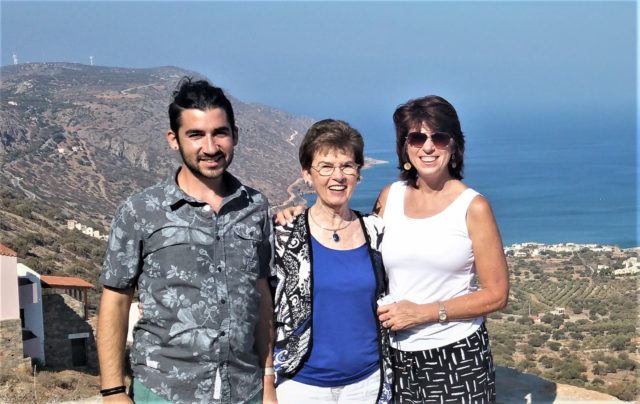
James, Andrea’s son, Alice, and Andrea on the Island of Crete, August 2016
The book is available at Amazon.com and the Outer Banks Publishing Group Bookstore.
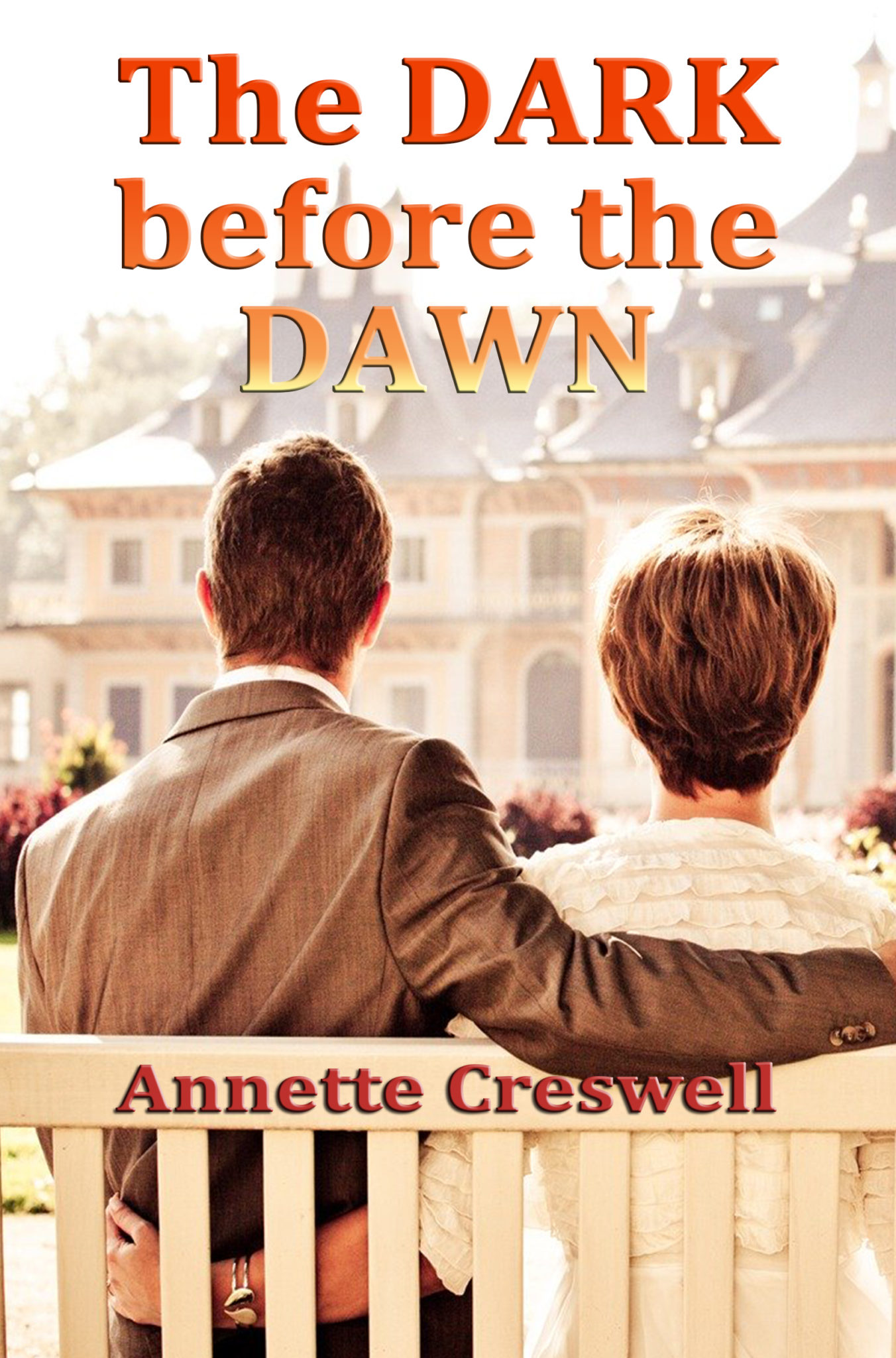
Listen to one of the chapters from Annette Creswell’s The Dark before the Dawn, a love story shortly before the start of World War II. The Dark before the Dawn is available here in our bookstore, on Amazon and in fine bookstores everywhere.
Synopsis
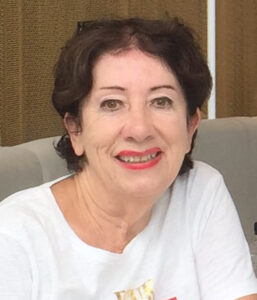
Author Annette Creswell
Just before the start of World War II, Peggy Davis, a London midwife, has a chance encounter with a stranger that changes her life forever.
When Peggy meets Charles, a wealthy lord as she boards a bus in front of Harrods department store, fate casts them together.
When Charles’ wife, Diana, and first child die in childbirth, Peggy, and Charles are thrust into a relationship of happiness, sorrow and unexpected tragedy.
They ultimately marry, have a son and adopt an east end refugee boy from London.
What transpires is a web of family dramas a la Downton Abbey with lesbian relationships, Nazi sympathizers and family secrets revealed as Peggy attempts to navigate through her new life from midwife to lady of the manor.
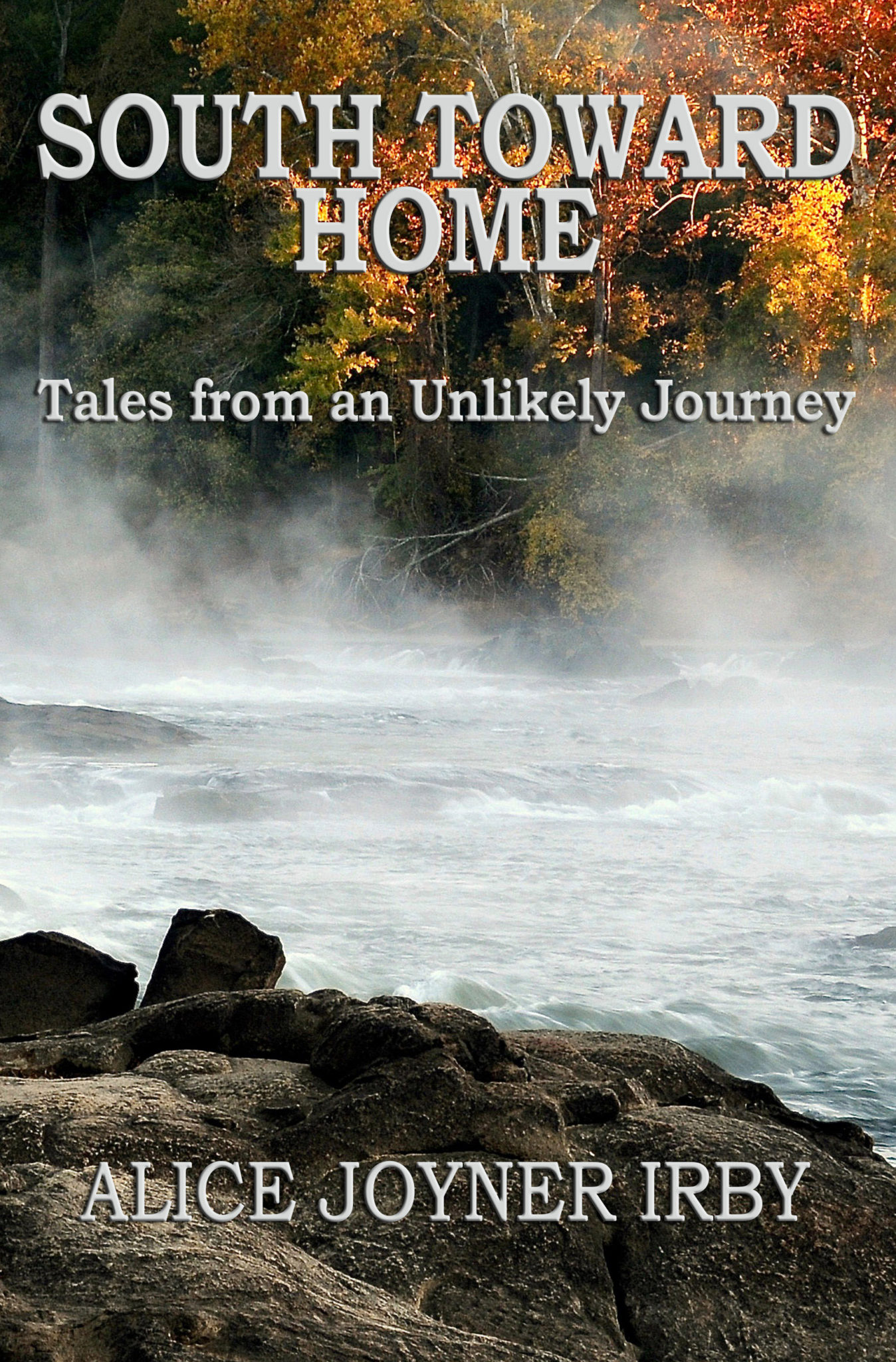
When I first met Alice Joyner Irby, I knew she had an extraordinary story to tell about her life, her family and people who crossed her path.
As she finished each chapter over a little less than year, I knew her extraordinary book was being created. And now it is here as South Toward Home, available on Amazon and in fine bookstores everywhere.
The Not-So-Friendly Skies is one of 26 stories in the book where Alice shows her grit in her struggle for women’s equal rights in a world dominated by men in the early 1960s.
By Alice Joyner Irby
MIXING IT UP
The Not-so-Friendly Skies
In the early 1960s B.C.—before cocaine, cohabitation, and the crises of riots and protests—it was business as usual for the airlines. At United Airlines (UA), that included Executive flights, code name for “men only.”
Two colleagues, Dick Watkins and Dick Burns—both heavy-set, tall men—and I were working together on a college grade-prediction study for Educational Testing Service (ETS), where I was then employed. The study included all four-year colleges in Indiana, 19 of them. Its purpose was to study the relationship among students’ high-school grades, SAT scores, and first-year grades in college.
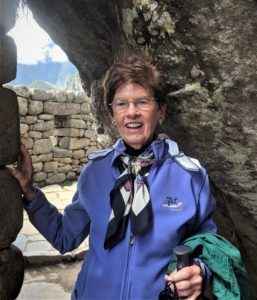
Alice Joyner Irby in The Sacred Valley, Peru – 2018
Our fieldwork included visiting each college, explaining the project to participating administrators, and collecting data on freshman classes for analysis back in Princeton at ETS. Over a period of three years, the three of us regularly flew together to Chicago and then to various cities in Indiana.
At least it started out that way. Then, one day, the two Dicks were booked on a flight different than the one on which I was ticketed. Pleased that she was able to offer an upgrade, the travel agent arranged for them to go on something called an Executive flight. I did not qualify and instead had to go on an earlier flight and wait for my colleagues in O’Hare Airport so that the three of us could take a puddle-jumper down to an Indiana city.
“This won’t do,” I thought—even though the Women’s Lib movement was only a gleam in Betty Friedan’s eye and did not get into full swing until the early 1970s. And, it wasn’t until the Civil Rights Act of 1964, Title VII, that federal legislation called for equal treatment in employment regardless of sex, race, color, religion, or national origin. Other legislation followed concerning housing, creditors and credit availability, and the well-known Title IX (1972). I was not an activist, but I expected to be treated fairly, and in this case, that meant being treated on a par with my peers.
For a while, I did nothing other than complain to myself and a few friends that every time I started out for Indiana, I got a little hot under the collar.
“Let’s see what we can do,” said Greg, a friend. At the time of our next scheduled trip, Greg and I decided to go to Newark airport to seek booking for me on the Executive flight scheduled to leave later that day. I already had a ticket on the earlier flight, knowing I would probably have to use it—but hoping an enlightened agent would rally to my cause.
“I am booked on Flight UA 323 to Chicago but want to change that to Flight UA 829 to be on the same plane as my colleagues.” I explained at the ticket counter. “My colleagues are Mr. Richard Watkins and Mr. Richard Burns,” I elaborated.
The United Airlines agent explained that the flight was not open to me.
“I know there are seats available, because I checked before I came,” I countered.
“It’s an Executive flight,” she stated.
 “What does the term ‘executive’ mean? Is it a title?” Greg asked. “Or a level of education? Or size of desk or office? Or having supervisory authority? If so, Mrs. Irby has the same credentials as her two male colleagues.”
“What does the term ‘executive’ mean? Is it a title?” Greg asked. “Or a level of education? Or size of desk or office? Or having supervisory authority? If so, Mrs. Irby has the same credentials as her two male colleagues.”
The ticket agent paused, somewhat taken aback, then was clearly unable to give us a definition of “Executive.” She fumbled her words, saying something like, “The men on these flights have to work while in the air, and it is very distracting for women with small children to be on the same flight. They need quiet. You have a seat on the plane that is waiting to take off now…,” the agent attempted to explain.
“You mean Flight 829 is for men only? Is that right?” I asked with an edge in my voice.
When we didn’t leave and continued to press the issue, the agent excused herself and disappeared behind the partition at the back of the counter. A second agent came out, another woman, who reiterated the first agent’s words: “The flight is for executive men who need a quiet atmosphere when working, and United Airlines wants to make the flight as conducive to work as possible.” She could not tell us how she determined which men were executives who needed to work while in flight.
“Is every male passenger an executive? It seems that any male qualifies as an executive and no female does. Is that correct?” I asked.
Greg asked to see the written policy. Then, she, too, disappeared behind the partition.
We were left standing at the counter while other customers were being helped by an agent several feet away from us. A few minutes passed and a third agent, this time a man, came out and told me the written policy was at United headquarters in Chicago and I would have to inquire there for a copy.
“And, Madam, if you don’t go ahead and board the plane for which you are ticketed, the flight will leave without you. We have already held the plane 45 minutes for you,” the agent spoke in a sharp voice. Not taking that flight meant that I would not be able to meet my col-leagues in Chicago later in the day.
“Well, I have to get to Chicago, but I do intend to inquire about the policy when I get there. After all, I will have two hours to wait until my colleagues meet me,” I spoke just as sharply.
Dutifully, I walked to the gate with Greg by my side. The tactic of protesting “victimhood” was not yet in vogue until the twenty-first century. This was a new situation for me; I was not combative nor given to protesting, and I didn’t know quite how to proceed. Greg and I discussed what I would say to the attendants, if anything, as I walked up the steps of the plane to board. We decided I would stay mum except to greet them cordially.
In the 1960s, passengers boarded planes by departing the waiting room at the gate, going outside, walking to the parked plane, and then mounting steps attached to the side door of the plane. I gave Greg a hug, leaving him in the waiting room, turned around, and walked to the plane. At the bottom of the stairs, I put on my best smile.
I was the only person with a smile. At the top of the stairs, the pilot, the co-pilot, and the stewardess stood in the doorway, staring at me with scowls. No one said, “Welcome aboard.” Instead, the attendant said, “Mrs. Irby, your seat is 8B and you need to seat yourself promptly because we are running quite late.” Her harsh tone was not lost on me.
No one helped me to my seat. Passengers stared at me as if I were an angry or an uppity, trouble-making woman. Apparently, word had spread that I was holding up the plane. I did get my free Coke—but mine came with a splash and a snippy word from the stewardess. I was grateful that my seat partner did not scorn me—outwardly, anyway. He was quiet.
United Airlines headquarters was on the second level of the Chicago O’Hare Airport. After I disembarked, I found my way to the United office. Again I faced another counter with a partition behind it, a place to hide! A male clerk was standing there, idle and seemingly approachable.
“I understand that United Airlines has an Executive flight, and I am interested in knowing the provisions of that policy,” I said pleasantly.
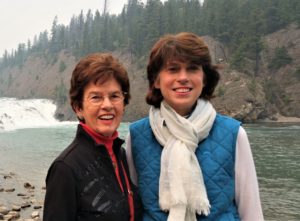
Alice and her daughter, Andrea in Canada – 2015
Clerks there had been notified. They were ready. “I’m sorry, Ma’am,” answered the agent on duty. “It is filed away in another building. We will be glad to send it to you.”
Even though they had my name and could look up my address, I wrote down my name and address and handed it to the clerk. Most likely, that little piece of paper found its way directly into the trash can. I was not naïve enough to expect to receive the policy, which, of course, never showed up in my mailbox.
“What was so special about the Executive flight?” I inquired of my colleagues when we met in the O’Hare terminal.
“Oh,” Dick Watkins said, “its purpose is just to pamper men. Passengers are given socks to use if they take their shoes off, and pillows, free drinks, and snacks to go along with their cigarettes.”
“Nothing special,” Dick Burns chimed in. “United thinks that paying attention to men gives them a competitive advantage. And, as you know, most business travelers are men.”
Dick W and Dick B were not impressed with the perks and agreed with me that Executive flights did not make sense, especially since they were clearly discriminatory. Both of my colleagues were tall, large men and would have preferred more seat and leg room rather than the pampering.
What went unsaid was that the flight attendants, by United policy, were single women, very attractive and practiced in providing good service. I’m sure they were not flirts. Neither were the men, but doesn’t anyone like to be pampered?
Discrimination thrived inside the airline companies as well as in policies affecting their passengers: no men or married women were hired by the major airlines in that decade to serve as flight attendants. If a woman married, she had to resign her position.
I put the matter out of my mind and continued my work on the project with the two Dicks. Later that year, as I prepared to go to Washington to join the Johnson Administration for a year, the situation popped back into my awareness. I felt a twinge of resentment. Executive flights were not only discriminatory on their face but affected business arrangements and relationships as well. I deserved to be treated fairly, on a par with my colleagues. How could airlines get away with such policies? I was convinced they shouldn’t.
Maybe I was just sensitive to the winds of change as I prepared to go to Washington, on leave from ETS, to assist in establishing the Job Corps as part of President Johnson’s War on Poverty. Once there, I began working with a young lawyer, Stan Zimmerman, who was also on the Job Corps Director’s staff.
One afternoon, as we were idly chatting, I told him about my experience with United’s Executive flight.
“Let’s have some fun,” he said, upon hearing my story. We determined that the Executive flights were still in use. Using his law firm’s letterhead, Stan wrote to United Airlines, representing me as his client and raising the question of the legality of their practice. He insisted the airline cease such discriminatory flights, pointing to the proposed civil-rights legislation that President Johnson initiated and was beginning to move through Congress. Quite likely, United’s practice was not yet illegal, but that did not stop Stan and me from rattling our sabers.
United Airlines acknowledged receipt of the letter but that was all: no admission of anything. That’s what we expected. Life went on and, in fact, became all-encompassing at Job Corps headquarters as we worked feverishly to develop the infrastructure of the program.
To our surprise and pleasure, a couple of months later we determined that, quietly, the UA “Executive flight” had taken a nose dive into the dust: no widely distributed press announcement, not even a newspaper article. Nary a murmur from a traveling businessman that elimination of the Executive flight reduced his productivity—remember, they were supposed to be segregated from women so they could work!
The flight merely disappeared from the list of arrivals and departures at airports and was no longer listed in the airline guide used by travel agents.
After work that day, Stan and I raised our glasses with a toast: “A Hand Up for Women’s Rights, and a new nail in the coffin of Inequality!”
About the same time, another woman from Weldon High School stuck her neck out. Jean Satterthwaite moved to New York City after graduation from the Woman’s College, married a school counselor/writer and, when looking for work, realized that The New York Times’ classified employment ads were divided according to MEN and WOMEN. In other words, not only was employment policy discriminatory in many places, job descriptions and classifications were as well.
Occasionally, the policy disadvantaged men, as in the case of UA’s policy on flight attendants needing to be women, but, by far, its sword fell most punitively on opportunities and prospects for women. Jean and a few other women organized a protest of The Times’ classification system by gender, which had been copied, quite naturally, by every other major paper in the country. They wrote letters, made telephone calls, and brought the policy to the attention of civic clubs and business associations, urging them to write and call as well.
The women were successful. After some foot-dragging and flimsy excuses, The Times backed down, realizing it lacked a defensible business reason to continue the practice. Things changed—want ads were listed by job classification, not gender.
Eventually, other major newspapers followed its lead. Jean went on to be the first president of the NYC chapter of the National Organization for Women (NOW).
Greg, who came to know both Jean and me, vowed there was something in the water we drank in Weldon or the food we ate in the dining halls of the Woman’s College. Where had the seeds of that independent, assertive, spunky spirit been planted?
Who knows?
Maybe the seeds were borne by the fast-flowing, powerful waters of the Roanoke River. Or by the toil of strong-willed, independent farmers and merchants, laboring without a government safety net to help them in hard times.
Maybe they were passed along in the discipline that Mr. Thomas, our school superintendent, enforced with his reliable sense of fair play.
Or maybe by the demeanor and actions of our role models, the women faculty at the Woman’s College, or the history and philosophy professors there who awakened dormant portions of our minds to show us new horizons. Or maybe the seeds germinated first in the rich black dirt of Eastern North Carolina that stuck to our feet and made us independent, adventurous Tar Heels.
September 2017
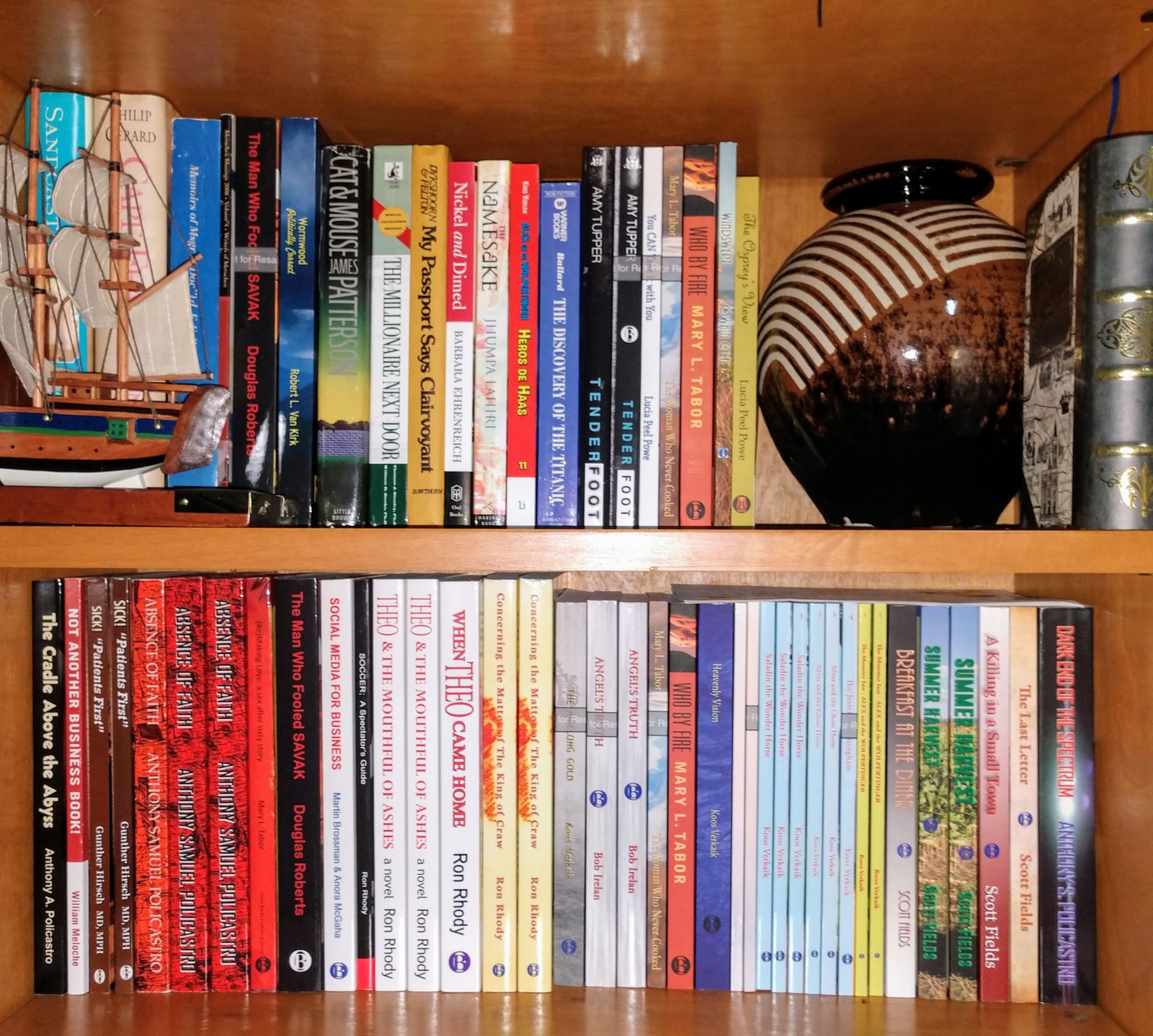
Welcome to our book store
We hope you find a book that will enlighten your life

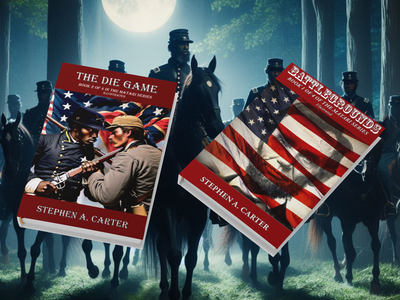
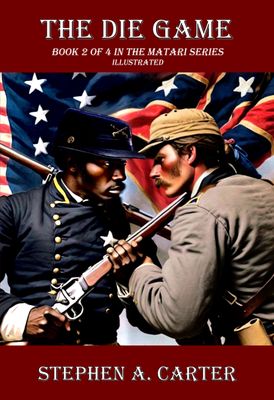



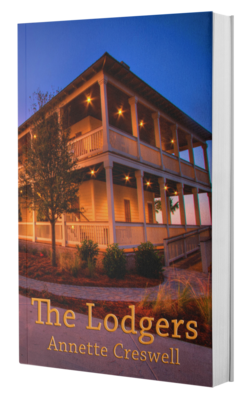
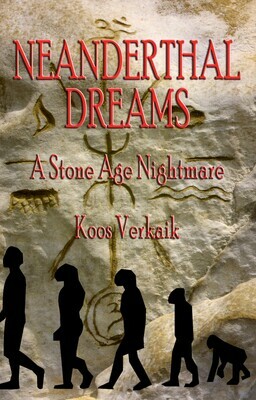
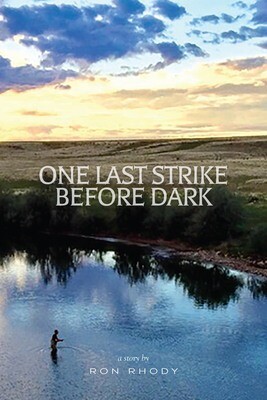

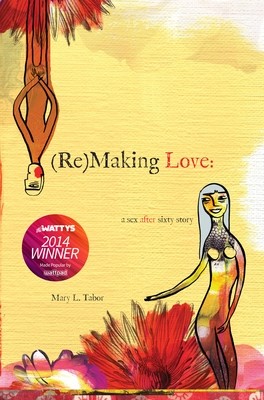
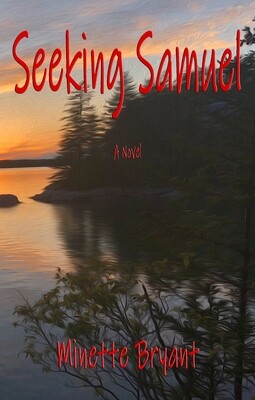
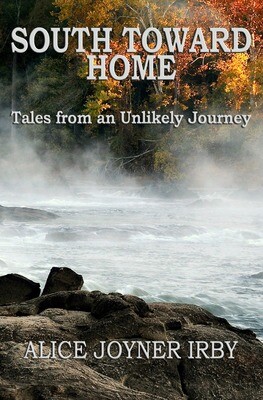

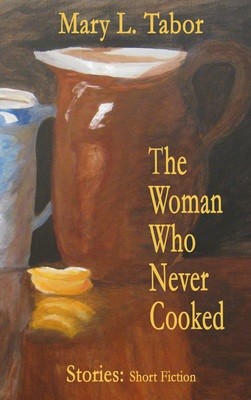

By Bob Irelan, Outer Banks Publishing Group author of Angel’s Truth
Talking to book clubs about writing and about the book you’ve written is an effective but underutilized marketing tool.
The advantages include:
 Start off by telling your audience that “everyone has a story to tell,” and encourage them to tell theirs. It need not be a novel. Maybe it is a memoir, a collection of recollections and experiences that were personally important and may be of interest or guidance to others. Maybe it is a chronological narrative; maybe just a collection of anecdotes.
Start off by telling your audience that “everyone has a story to tell,” and encourage them to tell theirs. It need not be a novel. Maybe it is a memoir, a collection of recollections and experiences that were personally important and may be of interest or guidance to others. Maybe it is a chronological narrative; maybe just a collection of anecdotes.
Then talk about what motivates you to write, what you learn in the process, what ups and downs you experience, and the sense of accomplishment you feel when you finish the concluding sentence.
Comment on how the publishing business has changed . . . about how it has become more “author friendly.”
Having done all this, it’s time to read a key passage or two from your book.
Most important — leave plenty of time for questions. You will get them and they will provide insight into how people read and whether you succeeded in delivering your message.
Bottom line: You will enjoy the small group experience, your visibility as an author will be enhanced, and you will sell books.

Outer Banks Publishing Group author Mary L. Tabor contributed her writing expertise on Day 3 of a 30-day writing challenge sponsored by Wattpad.
Watch her video on creating the right point of view
Learn more with Mary’s bestselling stories about women’s challenges in today’s hyperspeed society, The Woman Who Never Cooked. The book is now published in its second edition by Outer Banks Publishing Group and available in our bookstore, on Amazon and in bookstores everywhere. The book is
“The American adult woman is featured in this debut collection of stories about love, adultery, marriage, passion, death, and family. There is a subtle humor here, and an innate wisdom about everyday life as women find solace in cooking, work, and chores. Tabor reveals the thoughts of her working professional women who stream into Washington, D.C., from the outer suburbs, the men they date or marry, and the attractive if harried commuters they meet.
“Her collection of short stories The Woman Who Never Cooked, published when she was 60, won the Mid-List Press First Series Award.
“Mary Tabor writes with astonishing grace, endless passion, and subtle humor,” wrote reviewer Melanie Rae Thon.
https://www.outerbankspublishing.com/writing/novel-writing-is-like-taking-a-good-photograph/

By Anthony S. Policastro, Publisher
While we can now communicate in the fastest, easiest and most convenient ways possible using a myriad of devices anywhere, anytime to anyone in any corner of the connected world, I believe we are losing our ability to communicate.
Because communication is now ubiquitous, convenient, easy and instant, we have taken our writing skills for granted. Take emails. I believe that most of us are so comfortable with communicating with this medium that we use it like we are conversing with a good friend. Facebook and Twitter reinforce this mindset because we know our posts and tweets are reaching friends and relatives.

Jeff Bezos
The result is a quantum disconnect fueled by snippets of information that are most times incomprehensible.
When you a sitting face to face and having a conversation, the context of what you are talking about is always top of mind. But when you converse in the same manner with email the recipient may not read email for hours or days. The context gets lost. Complicate that with several acronyms in the copy and you might as well call a cryptologist.
We tend to write emails as if the recipient is sitting across from us leaving out the content because we believe the recipient will know what we are writing about. We have become lazy writers.
And I’m not alone in my view.
Walter Chen in his blog, IDoneThis.com, wrote about Jeff Bezos, founder of Amazon who values writing over talking to such an extreme that in Amazon senior executive meetings, “before any conversation or discussion begins, everyone sits for 30 minutes in total silence, carefully reading six-page printed memos.”
Writing out full sentences enforces clear thinking, but more than that, it’s a compelling method to drive memo authors to write in a narrative structure that reinforces a distinctly Amazon way of thinking—its obsession with the customer. In every memo that could potentially address any issue in the company, the memo author must answer the question: “What’s in it for the customer, the company, and how does the answer to the question enable innovation on behalf of the customer?”
Like Bezos, Andy Grove of Intel finds value in the process of writing, but he doesn’t consider reading important. Grove considers the process to force
yourself “to be more precise than [you] might be verbally”, creating “an archive of data” that can “help to validate ad hoc inputs” and to reflect with precision on your thought and approach.
Writing, according to Grove, is a “safety-net” for your thought process that you should always be doing to “catch … anything you may have missed.”
So what is the solution? Write more, write casually, but include all the pertinent facts and pretend your reader knows practically nothing about what you are writing about.
By Anthony S. Policastro, Publisher When writing a novel it is a bit like taking that award-winning photograph. Don’t worry, you don’t have to take great photographs to be a great novelist.
In today’s world with dozens of media channels bombarding us every minute of the day, your book has to stand out from all the noise.
Here are elements that should be included in your novel and help to make your book stand out. You can pick and choose a few or include all, but you should have at least one.
Now here is how writing is like photography. Look at the photo below. Pretend it’s your realty – what you perceive through your senses. Now write a story about that photograph. You would describe the scenery, the asphalt path, the fallen leaves and twigs…overall what you wrote is pretty boring and a nondescript story unless those elements play a part in your plot.

Neuse River Greenway trail, Raleigh, NC
If you look closely or view the scene from a different angle or perspective there is a better story there. 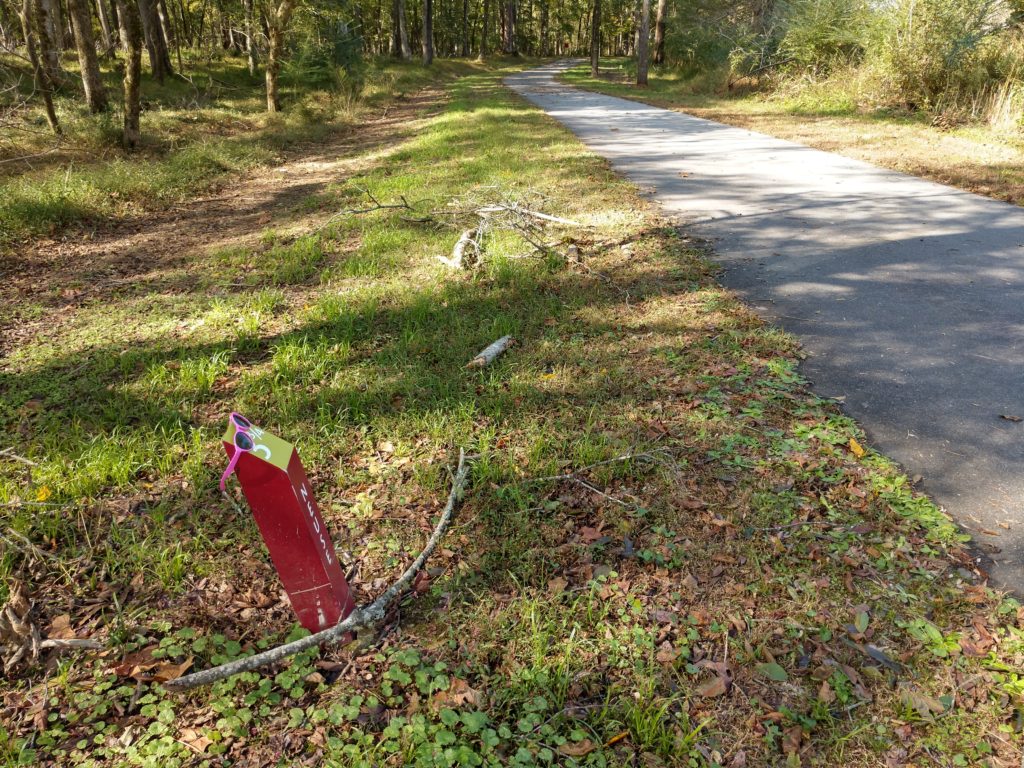 The story reveals itself upon a closer look – a nice person found the pink sunglasses on the trail and was considerate enough to place them on the milepost, hoping the person would pass this way again and find the sunglasses. Out of the reality emerges a story.
The story reveals itself upon a closer look – a nice person found the pink sunglasses on the trail and was considerate enough to place them on the milepost, hoping the person would pass this way again and find the sunglasses. Out of the reality emerges a story. 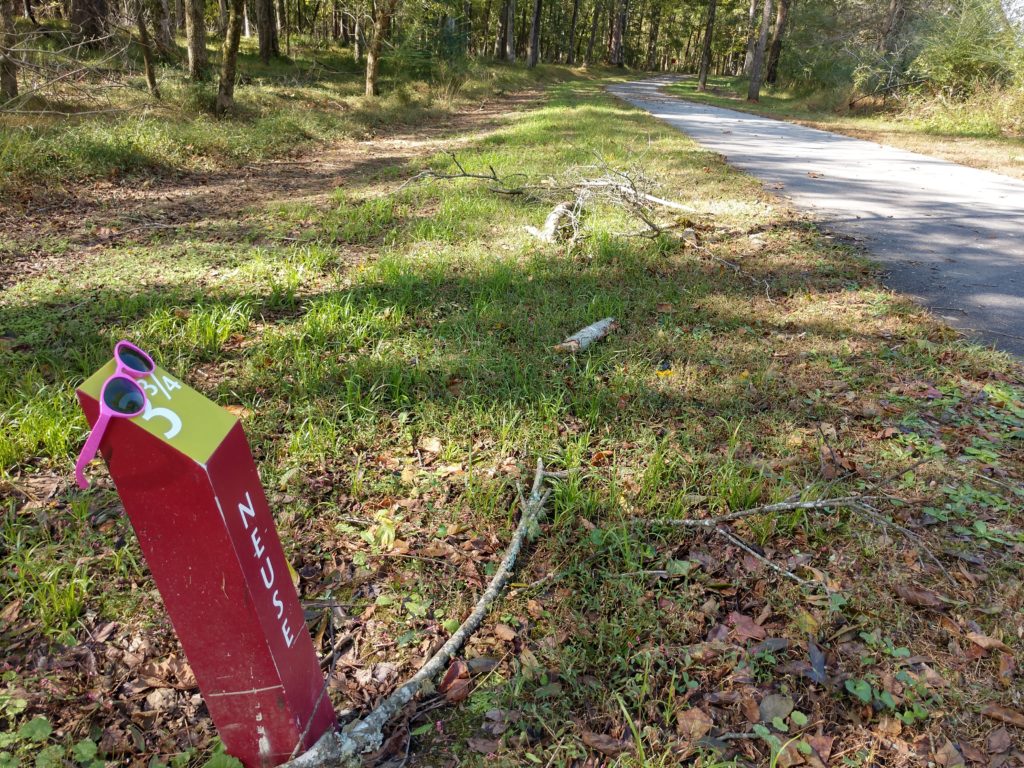 The photographer views and analyzes the light, shadows, colors, shapes and how they play against each other and then picks an angle or position for the shot. Writing is the same. A good book is like taking a snapshot of reality, analyzing that realty, digging deeper until the hidden story is found in plain sight and then putting it to words. Tell us what you think. We would love to hear your thoughts.
The photographer views and analyzes the light, shadows, colors, shapes and how they play against each other and then picks an angle or position for the shot. Writing is the same. A good book is like taking a snapshot of reality, analyzing that realty, digging deeper until the hidden story is found in plain sight and then putting it to words. Tell us what you think. We would love to hear your thoughts.
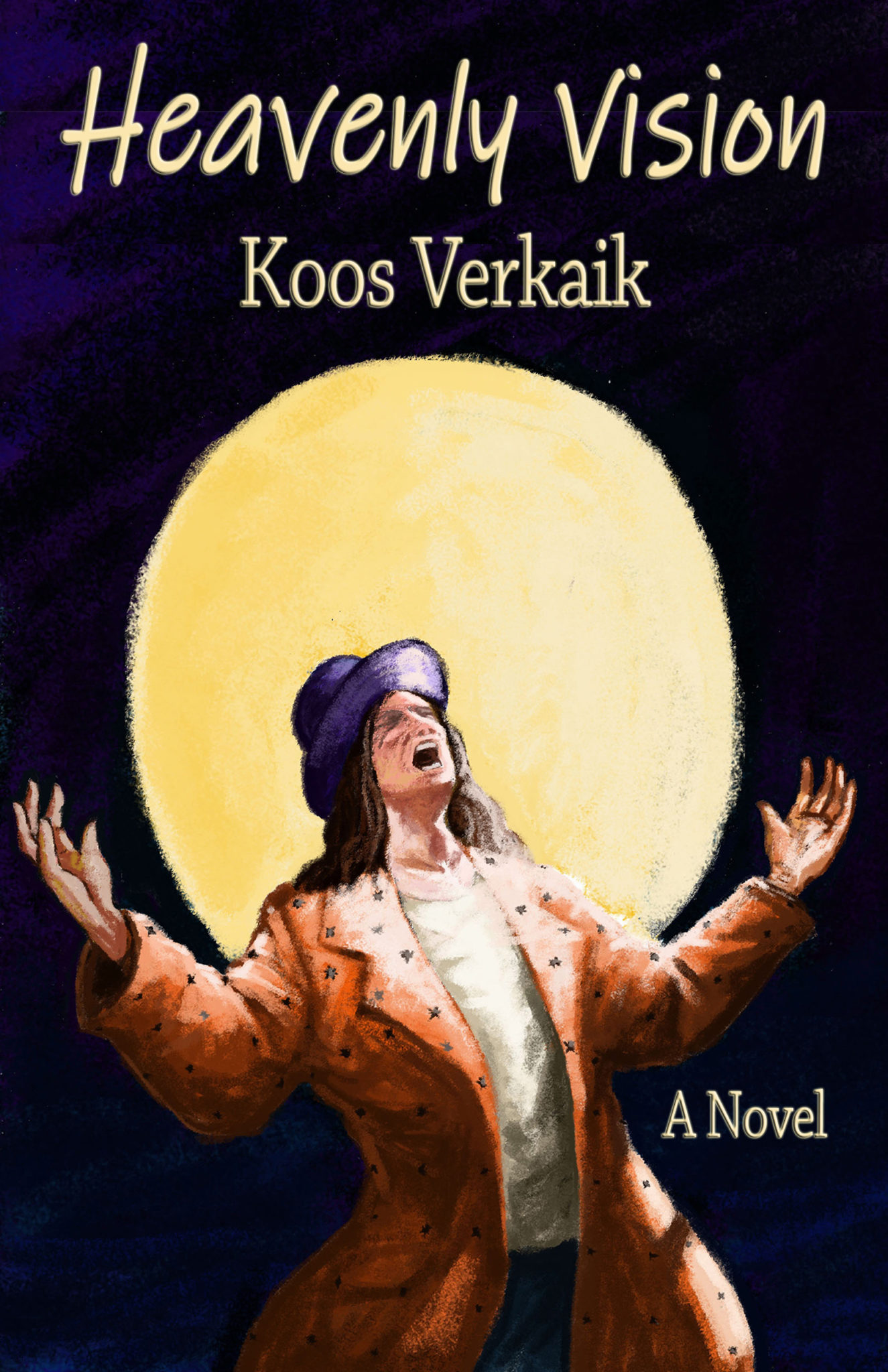
Nothing is what it seems, in this new, exciting Koos Verkaik novel – Heavenly Vision, undoubtedly one of his masterpieces!
A book collector of limited means comes across a 1745 Atlas of the Cape of Good Hope in a second-hand bookshop in Amsterdam. Once his historian friend examines the manuscript found inside, he becomes very excited and life for Jan Glas is never the same again.
“Allart Vroom climbed down from the ship, and we stood ready to catch him,” wrote Captain Adriaen Kalf. “His clothes, his flesh, his bones pulverized in our hands. He formed a small heap of powder at our feet. Please, believe me—it is not, like someone suggested, the contents of broken hourglasses.”
Glas, an Amsterdam publicist, later reads about a machine that could cause the end of the world! Of course, he wants to find the truth about the machine and the remarkable manuscript!
His curiosity takes him takes him to England and the USA. In Florida, a peculiar man crosses his path – Wesley Dunn, a Raso Preacher at the Center of the Heavenly Vision in Franks Knight, Florida.
This man says that the world will be destroyed by “The Machine of Colton”, which is also mentioned in the manuscript that Jan found in the atlas! Only a few people will survive – the true followers of the odd Mr. Wesley Dunn, and those who follow the Raso way of life!
Murder, mystery and intrigue will keep the reader guessing as to what is going on. Is the world coming to an end, and if so, who will survive?
To learn more about Heavenly Vision and Koos Verkaik read his latest interview with Deborah Kalb, Book Q&As with Deborah Kalb.
A cast of likable, unlikable and quirky characters, along with a very original and interesting story makes for a fantastic read. I liked the writing style, going back to the past and present, and the characters, all unique in their own way.
I recommend Heavenly Vision to those who like adventure , drama and excitement. I also recommend The Nibelung Gold also by Koos Verkaik.
By the end the author had impressed me so much that I was not sure whether to applaud the brilliance of the character in the story or the creator of that character that is the author. The twist or final pull was that good of a brilliance charm.
As usual Koos Verkaik brings a mélange of quirky characters to life. The good, the bad, but never the indifferent. He then weaves them into a mystical tale that moves between the present and the past of a strange machine that kills at will and a prophecy of doom. His unique writing style holds the reader’s interest from beginning to an end of the world scenario, as he builds the tension during a well plotted fantastical journey full of intrigue and mysteries.
This is another MUST for readers of strange and unique tales from the undisputed master with one of his whacky covers that I love…
If you like books that bounce back and forth between the past 1700s, and the present then this is the book for you. It makes it a little confusing, but if you are willing to hang in there it all becomes clear in the end. In the past we have an old manuscript, in the present we have a machine that is said to be able to end the world. What are the connections if any between these two? The author has taken these two events and woven them into a story that will have you reading cover to cover just to find that connections. Once again this author has created a book that grabs you and forces you to read to find the answer to all of those questions you had at the beginning. I applaud him for this ability.
Koos Verkaik was born in Holland, near Rotterdam. He worked as a copywriter for a short time. His first comics (three pages each week) were published in the magazine Sjors when he was only 16 years old. He wrote his first novel (sci-fi) in a weekend at the age of 18 and it was published immediately. During his long career as a novelist and author, he wrote hundreds of comic scripts and published over 60 books, both children’s books and urban fantasy novels. Koos writes (novels) every day and has translated books from English and German into Dutch.